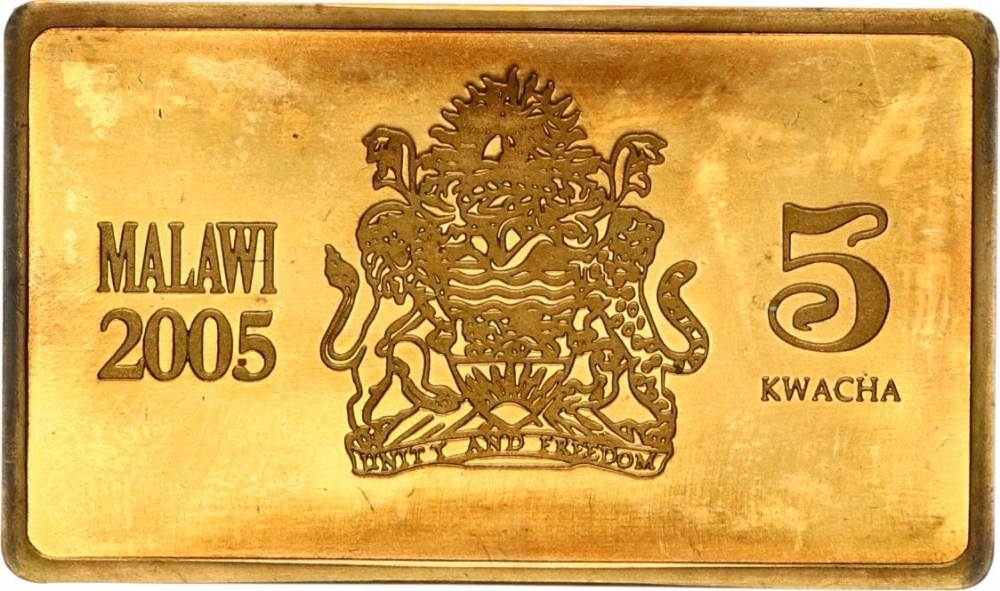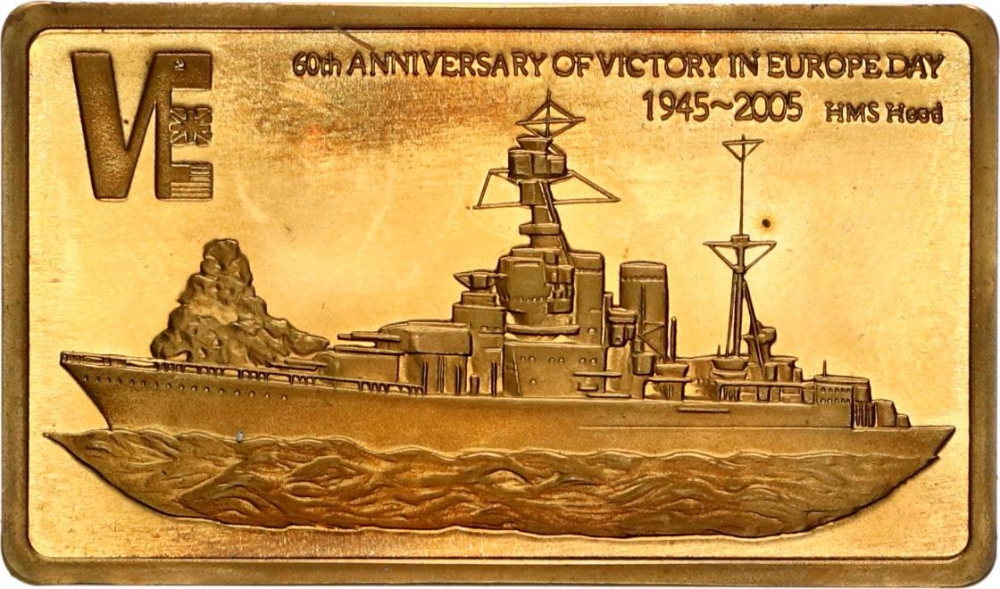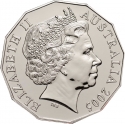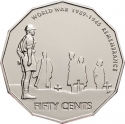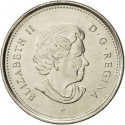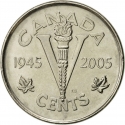You are about to finish your registration. Please check your mailbox (including spam folder). There should be a letter with a confirmation link. Check setting to make sure that your e-mail address is correct.
Send letter againDescription
One of the most important days in both British and European history, VE Day (Victory in Europe), celebrates its 60th anniversary in 2005.
Victory in Europe Day, generally known as V-E Day, VE Day or simply V Day, was the public holiday celebrated on 8 May 1945 to mark the formal acceptance by the Allies of World War II of Nazi Germany's unconditional surrender of its armed forces. It thus marked the end of World War II in Europe.
The term VE Day existed as early as September 1944, in anticipation of victory. On 30 April 1945, Adolf Hitler, the Nazi leader, committed suicide during the Battle of Berlin. Germany's surrender, therefore, was authorised by his successor, Reichspräsident Karl Dönitz. The administration headed by Dönitz was known as the Flensburg Government. The act of military surrender was signed on 7 May in Reims, France and on 8 May in Berlin, Germany.
The former Soviet Union and Eastern Bloc countries have historically celebrated the end of World War II on 9 May.
Obverse

|
Depicts the coat of arms of Malawi dividing country name, date and denomination. MALAWI 5 |
|---|---|
Reverse

|
Depicts the HMS Hood, starboard side, the inscription of the occasion, date, and her name above. The term VE is at the left corner, with three flags: the USA, the UK, and the USSR. VE |
| Edge |
5 Kwacha
Republic
KM# 64 Schön# 91.1
Characteristics
| Type | Commemorative Issue (Non-circulating) |
| Material | Gold Plated Brass |
| Weight | 22.9 g |
| Diameter | - |
| Width | 45.2 mm |
| Height | 27.5 mm |
| Thickness | 2.7 mm |
| Shape |
|
| Alignment | Medal |
